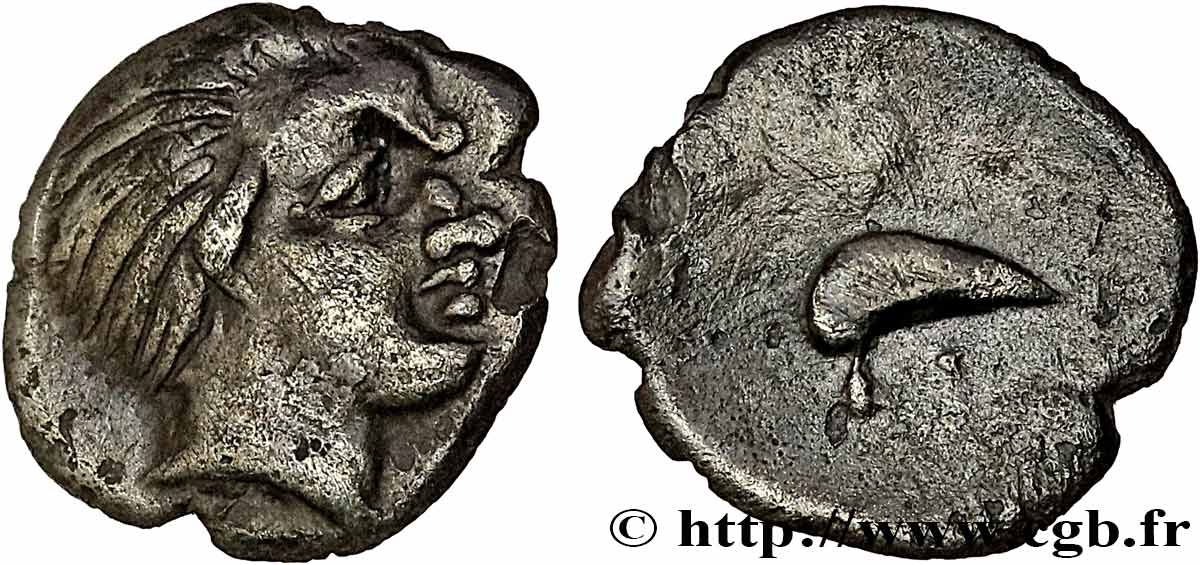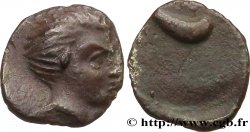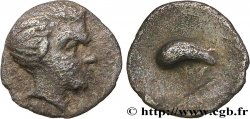E-auction 519-433616 - bga_721097 - SALLUVII Obole scyphate à la corne
You must signin and be an approved bidder to bid, LOGIN TO BID. Accounts are subject to approval and the approval process takes place within 48 hours. Do not wait until the day a sale closes to register. Clicking on « bid » constitutes acceptance of the terms of use of cgb.fr private e-auctions.
Bids must be placed in whole Euro amounts only. The sale will start closing at the time stated on the item description; any bids received at the site after the closing time will not be executed. Transmission times may vary and bids could be rejected if you wait until the last second. For further information ckeck the E-auctions F.A.Q.
NO BUYER'S FEE.
NO BUYER'S FEE.
| Estimate : | 420 € |
| Price : | 300 € |
| Maximum bid : | 300 € |
| End of the sale : | 27 March 2023 14:05:20 |
| bidders : | 12 bidders |
Type : Obole scyphate à la corne
Date: 60-40 BC.
Metal : silver
Diameter : 8 mm
Weight : 0,3 g.
Rarity : R2
Coments on the condition:
Monnaie idéalement centrée pour ce type, avec une très jolie tête bien détaillée au droit. Une belle patine grise
Catalogue references :
LT.02545 manque ! ! - D.p. 71, Cf. pl. 14/291-292 obole au croissant - Antonin DEROC CN.95 (1988).p. 355-356 - CN.p. 9-10, fig.2 CN.111
Obverse
Obverse legend : ANÉPIGRAPHE.
Obverse description : Tête à droite, les cheveux relevés et tirés en arrière avec une petite corne à la place des favoris.
Reverse
Reverse legend : ANÉPIGRAPHE.
Reverse description : Petite corne.
Commentary
Ce type décrit comme une obole correspond plutôt à une hemiobole.
Le plus bel exemplaire que nous avons proposé jusqu’à aujourd’hui !.
Le plus bel exemplaire que nous avons proposé jusqu’à aujourd’hui !.








 Report a mistake
Report a mistake Print the page
Print the page Share my selection
Share my selection Ask a question
Ask a question Consign / sell
Consign / sell
 Full data
Full data